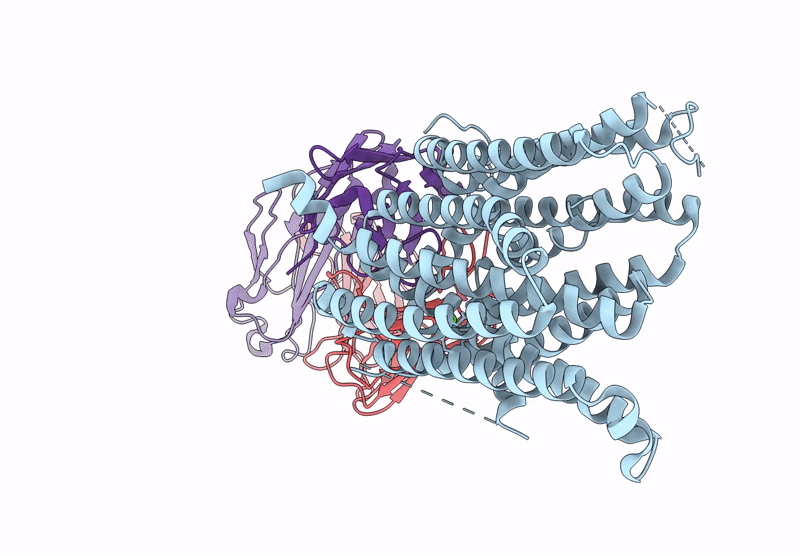
Deposition Date
2022-07-07
Release Date
2023-01-25
Last Version Date
2025-05-28
Entry Detail
PDB ID:
8DL6
Keywords:
Title:
Cryo-EM structure of human ferroportin/slc40 bound to Ca2+ in nanodisc
Biological Source:
Source Organism:
Homo sapiens (Taxon ID: 9606)
Mus musculus (Taxon ID: 10090)
Mus musculus (Taxon ID: 10090)
Host Organism:
Method Details:
Experimental Method:
Resolution:
3.00 Å
Aggregation State:
PARTICLE
Reconstruction Method:
SINGLE PARTICLE


